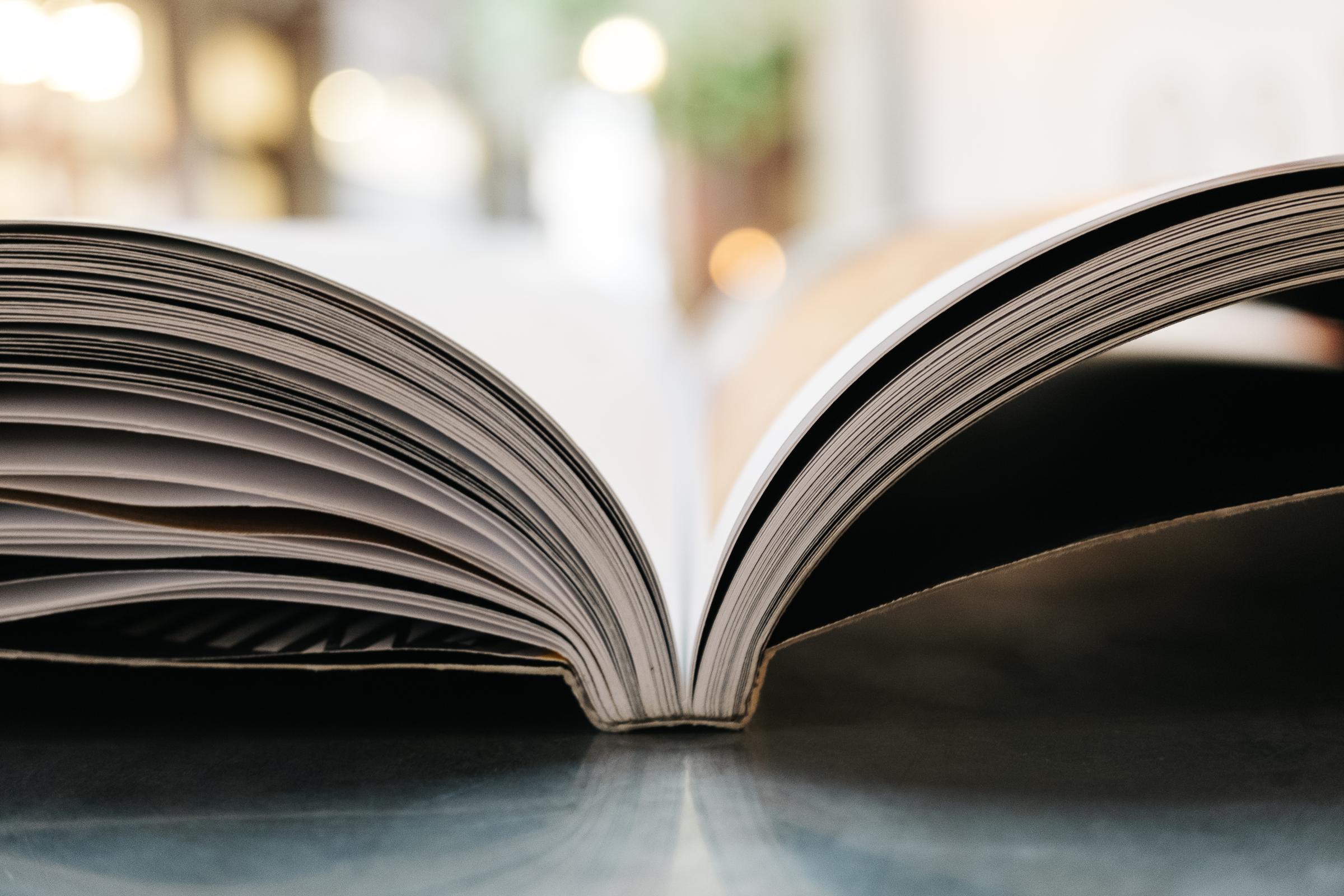Plagiarism and Authentication

Rationale
Norwood Secondary College (NSC), as a government school, aims to provide a dynamic learning culture. We have high expectations about the content that we teach, the way in which we engage students in learning and the means by which we assess their level of understanding. As a college we respect the intellectual property of others and see plagiarism as ethically and morally wrong. Plagiarism is unacceptable in our school community and a student who plagiarises is being dishonest with their teachers, peers and themselves.
Work submitted to teaching staff must be the student’s own and respect the intellectual property of others through appropriate and correct referencing. Details regarding correct referencing can be found on our library’s resource page:
https://library.norwood.vic.edu.au/referencing
Aims
The aim of this policy is for students and their families to understand what plagiarism is, how it can be avoided and how NSC will manage incidents of plagiarism.
Definitions
As defined by the Oxford English Dictionary, to plagiarise something is to “copy another person’s ideas, words or work and pretend that they are your own.” Plagiarism can include writing or images, be oral or electronic, and it also involves copying and pasting reference material off of the internet.
Examples of Plagiarism
Plagiarism, whether it be deliberate or unintentional, could involve the following:
- The copying of ideas, information and opinions from others without recognising their original source.
- Copying verbatim (exactly) information without using quotation marks and appropriate referencing.
- Handing in work that has previously been submitted for assessment by the student.
- Failing to provide an accurate and detailed bibliography (or footnotes/endnotes) when requested to by the school’s teaching staff.
- Failing to acknowledge an individual you are quoting in both written and oral presentations and reports.
- Copying all or part of another person’s work and submitting it as your own. This can include the work of another student, friend, teacher, tutor or parent.
- Using generative AI tools to produce written or creative work and submitting it as your own without proper acknowledgment or consent. This includes content generated by AI, such as text, images, or code, that has not been properly referenced, attributed, or permitted by the requirements of the task.
How Plagiarism can be Avoided
In order to avoid plagiarism, students should be encouraged to:
- Plan, draft and edit their work carefully. Make sure that they understand the requirements of all tasks and use the criteria and/or assessment rubrics to guide their writing.
Understand how to reference and cite their work correctly. Visit the ‘referencing’ tab of the Library’s resource page to understand how to write a bibliography and construct footnotes or endnotes:
- When researching, take notes in their own words and record the bibliographic information so that they can acknowledge the source once the assignment is complete.
- When quoting an individual and their opinions or research, put words in “quotation marks.” *NB: Images, statistics and graphs must also be acknowledged.
- Use a variety of sources for their information. Not only will this strengthen their writing, but plagiarism is unlikely.
Implementation
The Victorian Curriculum and Assessment Authority (VCAA) has strict authentication processes at a VCE level and to ensure consistency, similar authentication processes will be introduced at Years 7-10 to prepare students for such expectations in Senior School. Students will be made aware of assessment protocols via sub-school handbooks at the start of each year, and they will be reminded prior to each assessment that they undertake.
Assessment Tasks
Tasks conducted in Test Conditions
- Classrooms will be organised so that students are seated separately
- As per the Department’s Mobile Phone Policy, mobile phones and smart watches are not permitted.
- Materials that are not permitted in the assessment must be placed face down on the floor (e.g. laptops, textbooks, pencil cases and any reference materials etc.)
- A transparent plastic water bottle (all labels removed) is permitted.
- Students must not be given undue assistance whilst completing assessment tasks.
Tasks conducted over a period of time
- Teachers will clearly indicate the amount of time that is allowed for, and the conditions of each assessment.
- Significant class time will be allocated to completing extended tasks, allowing teachers to monitor, authenticate, and discuss the work with each student whilst providing meaningful feedback.
- Students will be required to document or share with their classroom teacher specific developmental stages of their work. This may include, but is not limited to identifying their chosen topic, listing resources or preliminary research and providing a first draft etc.
Protocols for the Completion of Assessment Tasks Years 7-12
Students must:
- ensure that all work submitted for assessment is genuinely their own.
- acknowledge all resources used – including texts, websites and any other sources. This acknowledgement should come in the form of a bibliography or list of references and should be submitted with the assessment task.
- not receive undue assistance from another person (other students, friends, teachers, parents, tutors) in the preparation and/or submission of work.
- An acceptable level of assistance may include the use of ideas from other sources which have been incorporated/adapted by the student, or general guidance or feedback from another person, such as the classroom teacher, which leads to further editing and refinement.
- An unacceptable level of assistance may include copying or the use of another person’s work without acknowledgement. Work that has been created using Generative Artificial Intelligence, such as Chat GPT, falls into this category of submissions.
- respect and follow the conditions of the assessment as determined by the classroom teacher e.g. time limits, permitted materials etc.
- not knowingly assist other students to breach assessment rules.
Breaches in Assessment Protocols
If NSC staff form the belief that the work submitted by a student is not their own, or if they have received an unfair advantage in any way, then this may be a breach of assessment protocols. When determining if a student’s work is genuinely their own, the staff member should consider if the work:
- is/is not typical of work previously submitted by the student
- includes unacknowledged material and/or resources
- is inconsistent with the student’s level of ability
- has not been sighted or monitored during its development by the classroom teacher
An online plagiarism detector may be used if an NSC staff member suspects that a student’s submission of work contains material that has been unacknowledged, plagiarised or generated using AI. A teacher may use online detectors such as:
https://www.grammarly.com/plagiarism-checker OR https://www.grammarly.com/ai-detector
The following actions constitute a breach in assessment protocols:
- Two (or more) students submit work that is deemed to be very similar.
- A student submits work that does not reflect their usual standard.
- Students are found to be talking or communicating (including eye contact and facial expressions).
- A mobile phone, smart watch or unauthorised materials are found on the student’s person.
- Unauthorised materials are viewed during the assessment.
Reporting a Breach in Assessment Protocols for Junior Students
If a breach of assessment protocols has occurred. NSC staff will:
- Collect evidence to support their belief. This may include copies of student work, or similar student work and any online resources that match student submissions including those created by Generative Artificial Intelligence.
- Provide the evidence to the relevant Head of Year Level with further details about the incident.
- Record the incident on Compass as a ‘General Academic Observation’ chronicle entry with a red classification.
- The Head of Year Level will meet with the student to discuss the importance of following assessment protocols.
Consequences
If there is significant evidence to suggest that there has been a breach in assessment protocols, then the following consequences will apply depending on the extent of the breach:
- The student will receive a reduction of marks or there will be no marks rewarded for the assessment.
- The student must complete the assessment (or a similar task) again using original ideas. *NB: The student may be required to redo this task at a redemption session scheduled on a Wednesday afternoon.
- The incident must be recorded on Compass as a chronicle entry by the classroom teacher and parents/carers must receive an academic Letter of Concern.
- The incident may require a follow-up telephone conversation or interview from the Head of Year Level if this isn’t the first offence.
